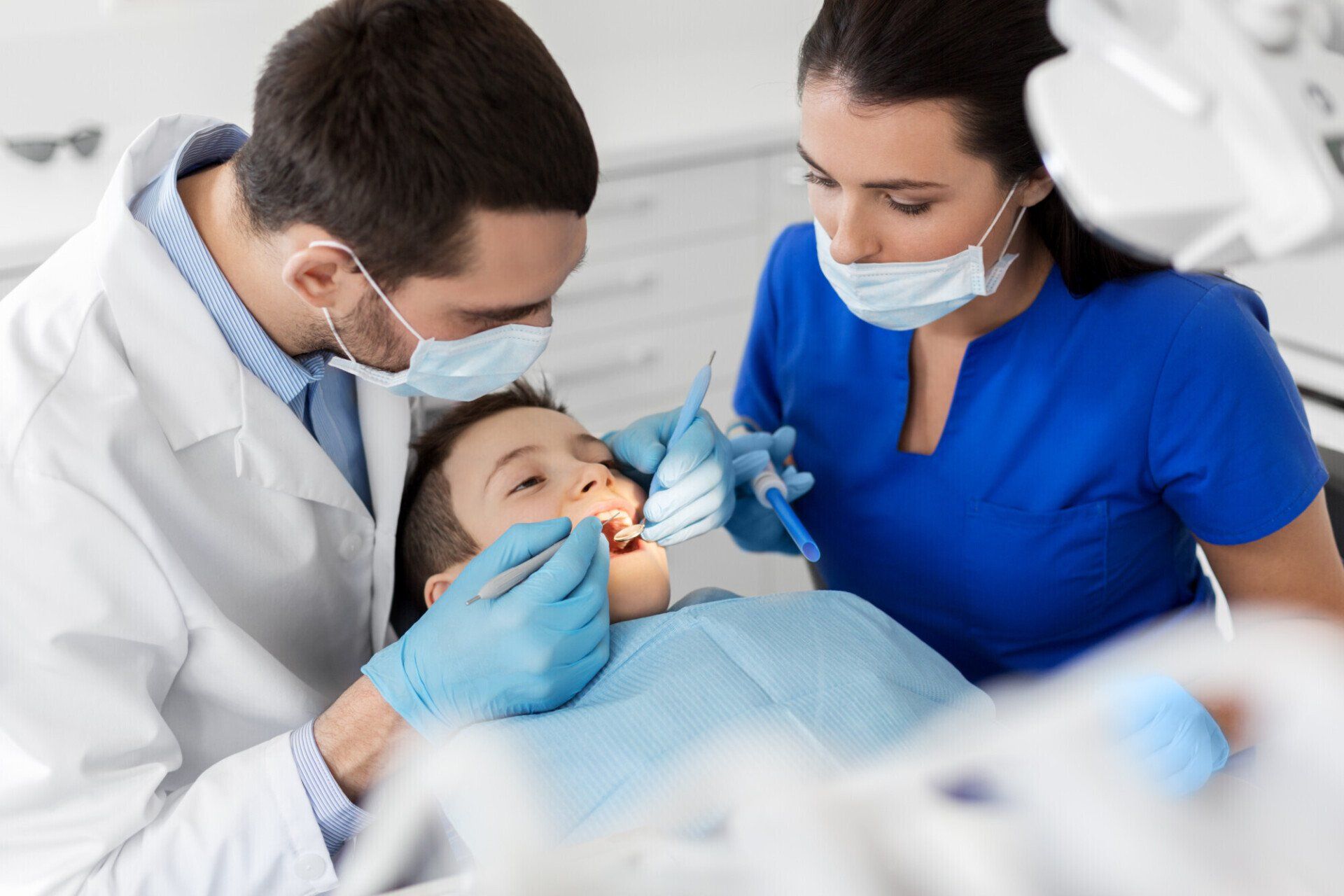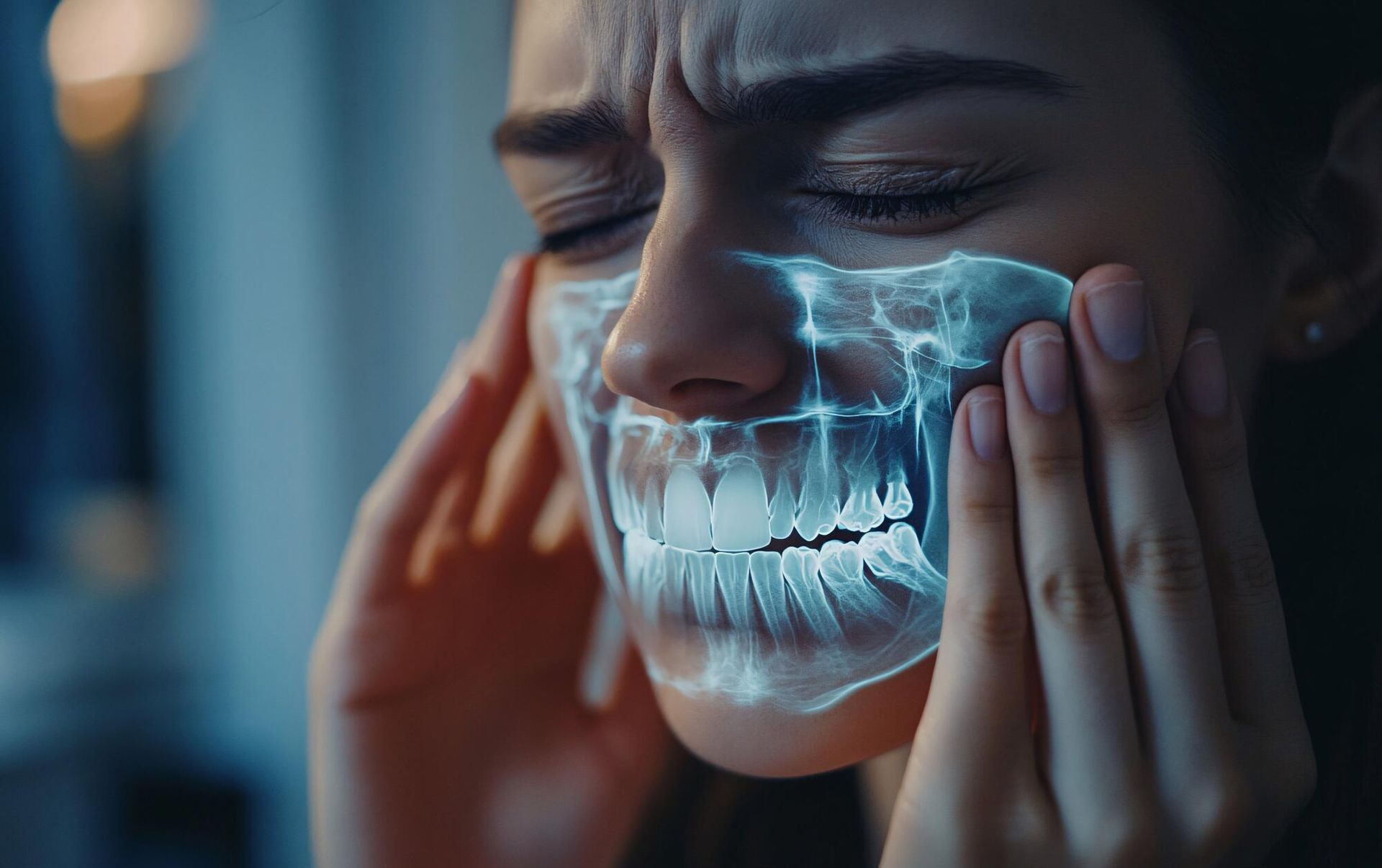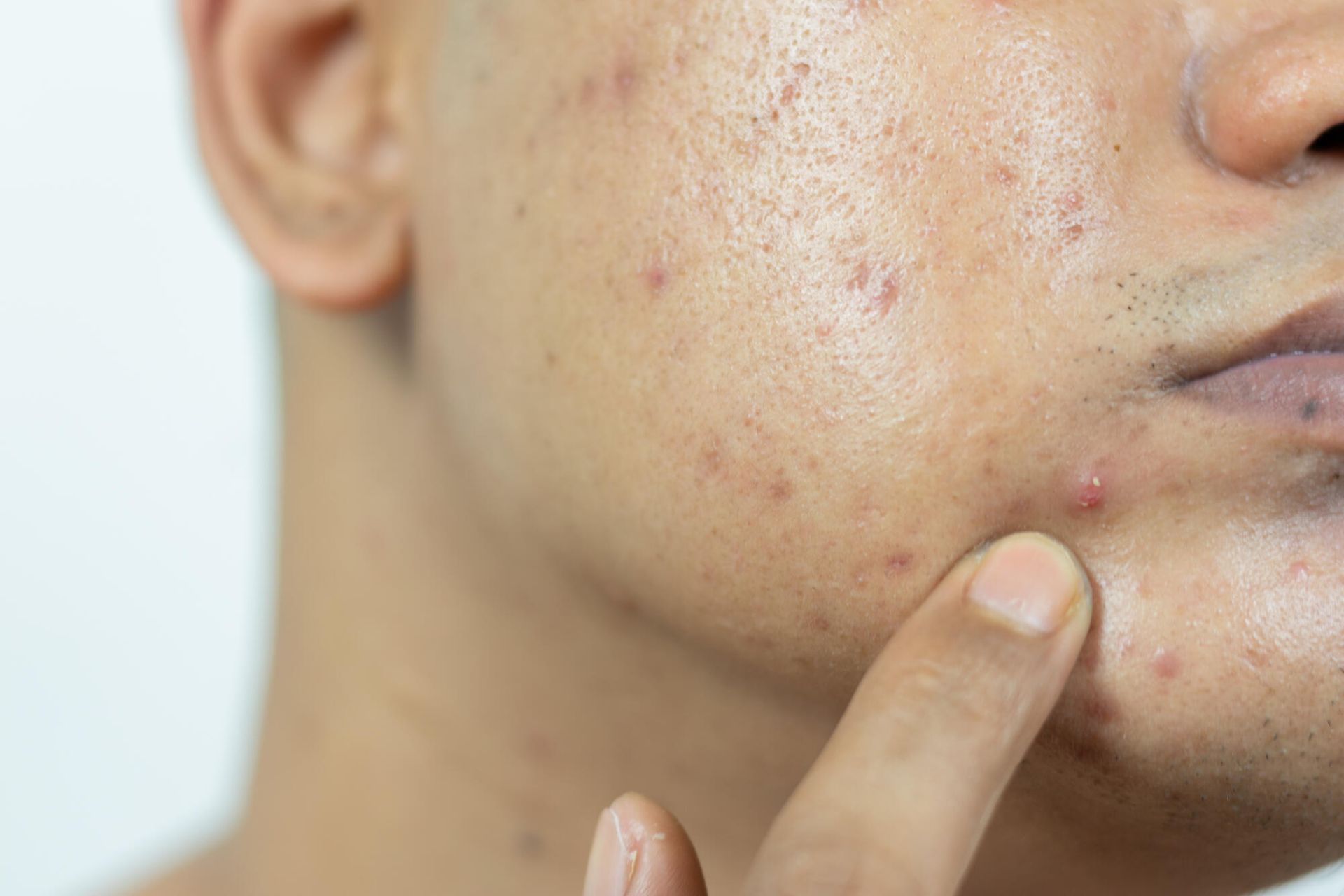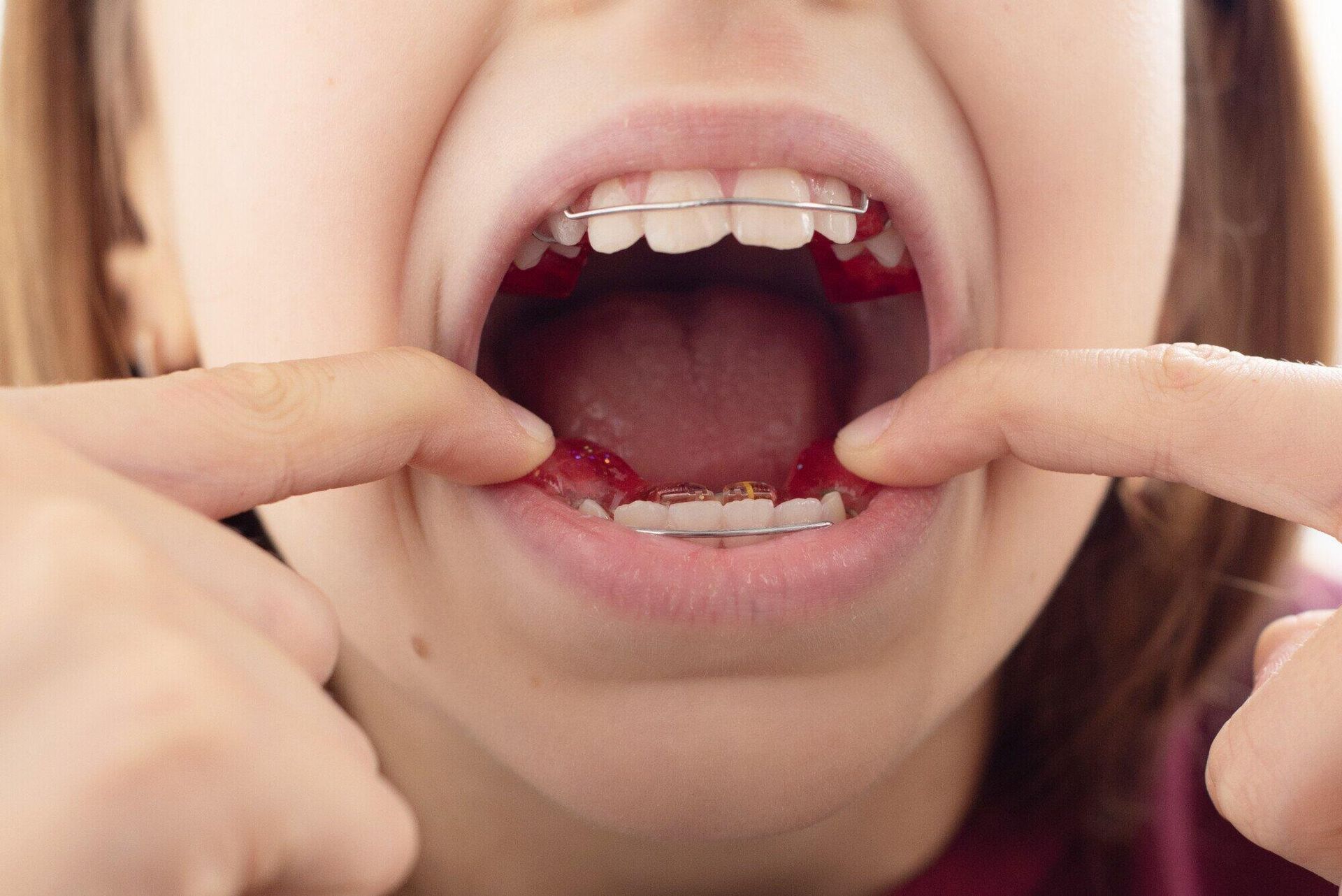How Do You Treat TMJ Disorder?

Struggling with a weird pain in your jaw? If so, you're not alone. Though many people never seek a diagnosis, experts estimate that millions of U.S. adults experience recurring jaw pain.
This jaw pain, known as TMJ disorder, can cause ongoing discomfort and tightness on the sides of your face. Because the source of the pain isn't always obvious, many patients suffer through the worst of their pain with little or no help.
However, knowing the basics of TMJ disorder and its treatment can go a long way toward relieving your pain. Whether or not you choose to get help from a dentist, it's crucial to understand how and why this joint pain happens.
Here's what you should know about this common condition.
What Is TMJ Disorder?
TMJ stands for temporomandibular joint. These are two facial joints that sit right in front of your ears. They connect your skull and your jawbone.
As you might expect, TMJ disorder occurs when these joints don't function as they should. Many people use the term "TMJ" to refer to "TMJ disorder." You may also see the term "TMD," which is an abbreviation for temporomandibular joint disorder.
TMJ disorder often causes pain and tightness in the muscles around the jaw. You may also experience jaw stiffness or locking as well as a painful clicking or popping when you move your jaw. This disorder can last for a short time or it can become a chronic condition.
Address the Causes of TMJ Disorder
In some cases, the easiest way to treat TMJ disorders is to address the root cause.
While the cause of your TMJ disorder may not always be obvious, there are a few things that can make you more likely to experience this disorder:
- You've had a recent injury or accident to the face
- You often grind or clench your teeth
- You have poor posture
- You tend to eat hard or chewy foods
- You're under a great deal of stress
It's also worth noting that you're more likely to experience TMJ disorder if you have certain associated medical conditions such as arthritis or fibromyalgia.
Treating TMJ Disorder at Home
In some cases, you may be able to treat your TMJ disorder at home. This is easier if you can identify the most likely cause in the list above.
In general, the goal is to reshape your current habits in order to give your jaw a rest, which can sometimes be enough to ease or even stop your pain. Here are a few tips:
Change Your Eating Habits
The foods you eat can cause an unnecessary clenching of the muscles around your jaw. Foods that require you to use force when chewing are worth avoiding.
Try not to eat crunchy, hard, or chewy foods, and avoid taking large bites of food. Chewing gum, which leads to prolonged chewing, is a common aggravator of TMJ disorders.
Watch Your Mouth
Other habits can contribute to your TMJ-related pain as well.
Avoid clenching or grinding your teeth when possible, and don't bite your nails or chew your lips.
Wide yawns that open your mouth with force can put pressure on your TMJ. Sitting with your jaw in your hand can put a strain on your jaw as well.
Change Your Posture
Poor sitting or standing posture can offer poor spinal support. This, in turn, can resonate up to your TMJ. Make sure you're using an ergonomic desk setup and good standing posture anytime you're in one position for a long period.
Don't forget to also scrutinize your sleep posture. For a relaxed jaw, experts recommend sleeping on your back instead of your stomach. Don't support your head with your hand if you sleep on your side.
Try TMJ Exercises
If muscle stiffness is the culprit of your pain, stretching and strengthening the muscles around your TMJ may help. Try these simple exercises at home to help relax your jaw.
Professional TMJ Treatments
If you struggle to figure out how to treat TMJ on your own, it may be time to reach out to a professional. An expert can help you identify and address the cause of your pain faster than you could alone.
Dental TMJ Treatment
If your TMJ is related to teeth grinding, your dentist may be able to fit you with a custom mouthguard. Worn at night, this mouthguard can help you to stop clenching your teeth as you sleep.
In addition, a TMJ specialist can help you figure out the root cause of your pain. Using X-rays and electromyography, an expert can check the muscle activity around your TMJ and examine your bite.
This information can help them develop a customized treatment plan, which will often involve a bite correction. This can address any misalignments that have contributed to your chronic pain.
Physical Therapy
If the at-home exercises above aren't enough to help, physical therapy can sometimes be a great way to get relief. Customized exercises and treatments like ultrasound may help.
Counseling
Depending on the cause of your pain, certain types of counseling can help you understand the behaviors that contribute to your TMJ disorder.
For example, if stress is a major risk factor for you, causing jaw clenching that irritates your TMJ, seeking therapy may help. Behavior-based counseling can also help you identify and stop actions that cause pain, such as biting your fingernails.
Medical Procedures
As a last resort, surgery and other procedures may help with your TMJ pain.
Some patients have found success with corticosteroid or Botox injections into the joint. Others find pain relief through arthroscopic surgery.
If all other resources fail, talk to your dentist about further procedures.
Contact a Dentist
When it comes to TMJ disorder, you don't have to struggle on your own. Though many patients will be able to address their own pain by changing their habits, it's always a good idea to reach out to an expert if you're finding this condition too difficult and confusing to tackle alone.
When you're seeking a dentist with expertise in treating TMJ dysfunction, our team is here to help. After an in-depth exam and a one-on-one consultation, we'll come up with a custom treatment plan for your pain.
Contact us to learn more or to schedule an appointment.












